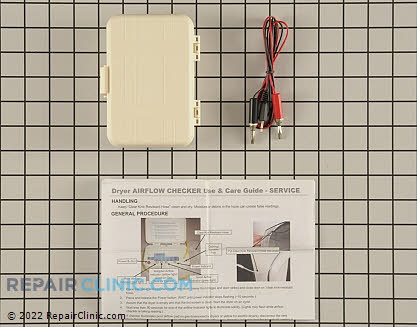Using an Airflow Meter to Check Your Dryer Vent for Safety and Efficiency
In this journey into appliance repair enlightenment, Samurai Appliance Repair Man shows you how to use an airflow meter to analytically test the back pressure on a dryer vent for safety and efficiency. Looks can be deceiving, as this video shows, and even a short simple dryer vent that appears to be ideal can have airflow problems. So it's always wise to use a meter to actually measure the back pressure.
Here's the air flow tester I used in the video ==> http://www.repairclinic.com/PartDetail/Tester/W10106710/1447456
To learn more about your dryer or to order parts, click here.
-
.png) 2
2






13 Comments
Recommended Comments